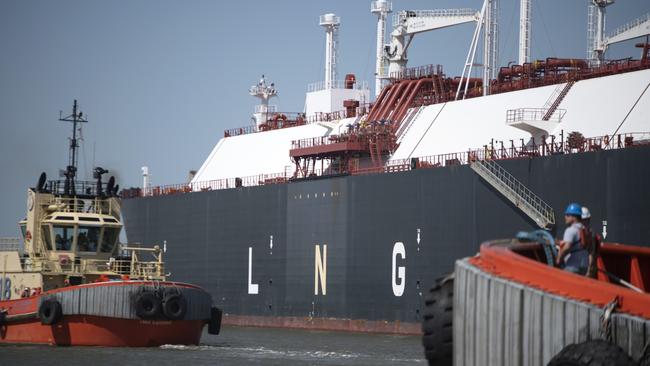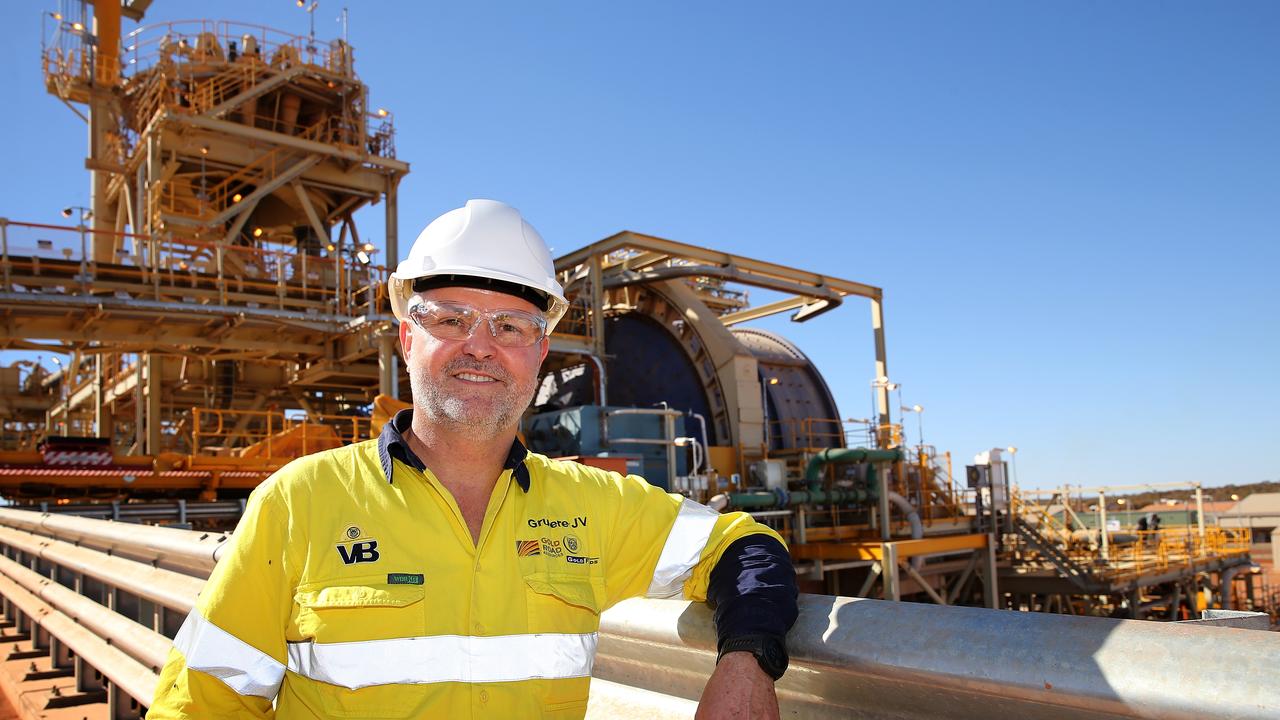Australia must face the reality and accept the need for gas imports, says Viva Energy
Viva Energy, which has proposed a LNG import facility in Victoria has fired another salvo in an increasingly fierce debate about how to solve a looming eastern seaboard gas shortage.

Business
Don't miss out on the headlines from Business. Followed categories will be added to My News.
Australia’s eastern seaboard does not have sufficient time to wait for new sources of gas to be developed even if feasible and, as a result, importing LNG is the only solution, a senior executive of Viva Energy says.
The comments mark the next chapter in an increasingly charged debate about how Australia can prevent a looming gas shortage. The Australian Energy Market Operator earlier this month said it expected the eastern part of Australia woul;d have sufficient gas supplies until 2029, although seasonal shortages would be possible in 2028.
Viva Energy chief strategy officer Lachlan Pfeiffer said the time had come for the eastern seaboard – specifically Victoria – to accept the reality that importing LNG was the only solution.
“Victoria needs secure gas supply; not hopeful or over-capitalised proposals. The state is grappling with ensuring reliable and affordable gas supply, and there has been strong debate about potential solutions and interventions,” Mr Pfeiffer said.
“Solutions should have a long-term security and cost focus and ideally be in place well before shortages arrive. That horse may have bolted but now is the time for urgent and clear action.
“A gas terminal in Victoria can solve our concerns permanently. It opens access to all of Australia’s and the world’s gas. It is minimal infrastructure – utilising an existing industrial location, floating processing equipment, and a short tie-in to the existing pipeline infrastructure.
“And it is flexible – when Victoria needs significant gas, it can deliver it; and as we reduce reliance on gas, it can flex down and ultimately sail away.”
Viva Energy has proposed extending a pier at the Geelong refinery to moor a vessel capable of carrying LNG, which could be used to supply Victorian homes and businesses during peak-demand periods.
The Australian understands that the Allan Labor government will announce within weeks its decision on Viva Energy’s proposed LNG import terminal, a determination that will test whether a looming gas shortfall has softened Victoria’s opposition towards gas.
But the project was clouded when Australia’s largest gas pipeline operator and owner, APA Group, said it could spend nearly $2bn to transport supplies from new sources at a much lower cost than LNG terminals can do.
The promise from APA has won favour with many. Traditional piped gas would be cheaper than importing gas and the proposal has seen proponents call for Victoria to reject the Viva proposal and wait instead for APA to deliver much-needed gas.
Without naming APA, Mr Pfeiffer said alternative proposals do not stack up.
“is now too late to meet our immediate need. Gas exploration is risky, complex, time consuming and expensive – any new sources that are found will take many years to develop and there is no guarantee they will be “cheap”. The volume we are losing from the Bass Strait is large, and there are no identified opportunities that can fill this gap,” said Mr Pfeiffer.
“Pipeline owners have suggested we need to expand or duplicate pipe connections from Queensland and the Northern Territory to the south. But not even these proposals deliver the significant increased capacity necessary to service Victoria’s winter needs – Melbourne is just too far away and too costly.”
More Coverage
Originally published as Australia must face the reality and accept the need for gas imports, says Viva Energy





